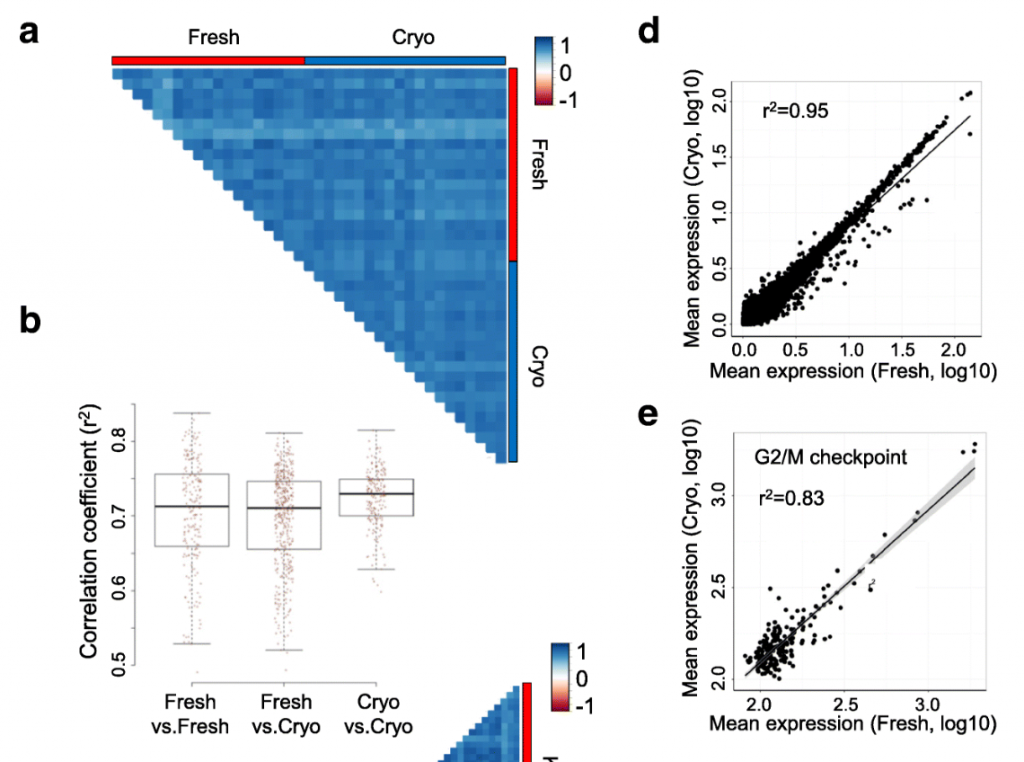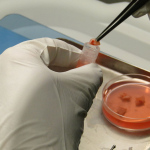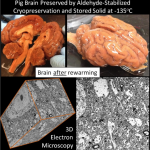Single cell gene expression with or without cryopreservation
In cryobiology, it is generally thought that cellular gene expression profiles do not change substantially following cryopreservation.
This is important because if viability cannot be directly shown in a preservation protocol, such as brain cryopreservation, then we are forced to use clues in order to infer that the majority of the information content of the cells remains unchanged. Molecular constituent preservation is one of those clues.
Guillaumet-Adkins et al. recently published a manuscript in which they addressed this question by comparing RNA expression in single cells that were either freshly isolated and sequenced or cryopreserved with DMSO and then sequenced.
Notably, they found that cryopreservation led to a higher proportion of damaged cells (~10% in fresh vs ~50% in cryopreserved), as indicated by propium iodide staining (a marker of cell membrane damage).
However, when they selected for viable cells, they found that cryopreservation did not lead to any significant changes in the cellular gene expression profiles.
That is, the correlation between single cells (either HEK293 or K562 cell lines) were just as high for fresh-cryopreserved comparisons as for fresh-fresh or cryopreserved-cryopreserved comparisons.
By using single cell RNA sequencing, this study avoids some of the selection problems that may be present in bulk RNA sequencing. Further, it suggests that differences in fresh vs cryopreserved bulk RNA expression profiles are probably due to selective survival of different cell types during cryopreservation.
Overall, this is an elegant demonstration that gene expression is consistent within these cells before and after cryopreservation with DMSO. It would be very interesting to extend this same analysis to brain cell types.
Reference
Vieira braga FA, Teichmann SA, Stubbington MJ. Are cells from a snowman realistic? Cryopreserved tissues as a source for single-cell RNA-sequencing experiments. Genome Biol. 2017;18(1):54.









